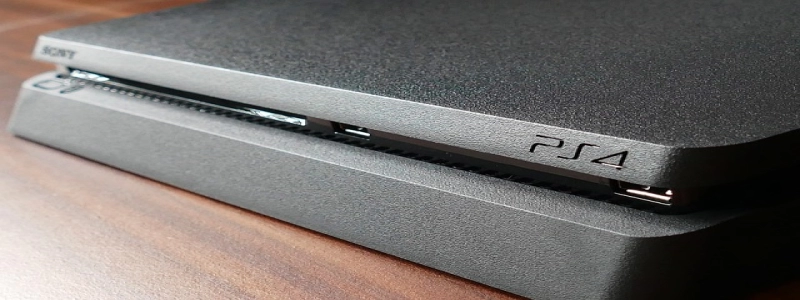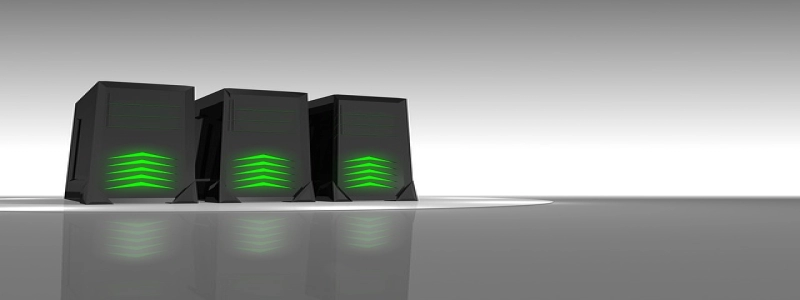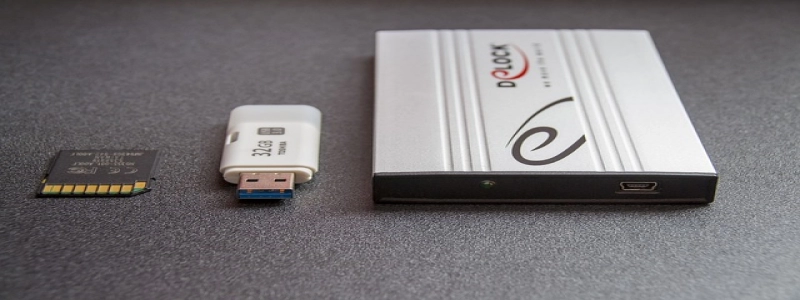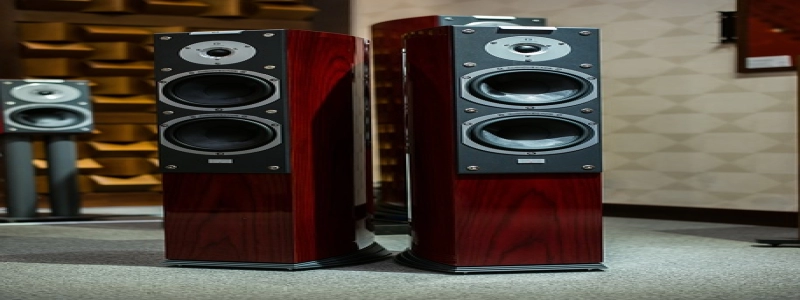[single mode fiber optic]
I. Introduction
A. Definition
B. Importance
II. The Structure of Single Mode Fiber Optic
A. Core
B. Cladding
C. Coating
III. How Single Mode Fiber Optic Works
A. Light Propagation
B. Refraction
IV. Advantages of Single Mode Fiber Optic
A. Greater Bandwidth
B. Longer Distances
C. Immunity to Electromagnetic Interference
V. Applications of Single Mode Fiber Optic
A. Telecommunications
B. Internet Connectivity
C. Data Transmission
VI. Considerations for Single Mode Fiber Optic Installation
A. Specialized Equipment
B. Proper Cable Routing
VII. Conclusion
I. Introduction
A. Definition
Single mode fiber optic refers to a type of optical fiber that is designed to carry light signals over long distances with minimal signal loss and dispersion. It is a form of optical communication that uses a single strand of glass or plastic fiber to transmit data.
B. Importance
Single mode fiber optic plays a crucial role in modern communication systems. It offers numerous advantages over other types of fiber optics, such as multimode fiber optic. Its ability to transmit signals over long distances with high bandwidth makes it ideal for various applications, ranging from telecommunications to high-speed internet connectivity.
II. The Structure of Single Mode Fiber Optic
A. Core
The core of a single mode fiber optic is incredibly thin, typically around 8-10 micrometers in diameter. It is made from a highly transparent material, usually glass or plastic, and serves as the channel for light transmission.
B. Cladding
The core is surrounded by a layer called cladding, which has a slightly lower refractive index. This difference in refractive index helps in confining the light within the core and prevents it from leaking out, thereby ensuring efficient signal transmission.
C. Coating
To protect the core and cladding, a coating layer is applied. It acts as a buffer and provides mechanical strength to the fiber optic cable. The coating is typically made from materials like acrylate or polyimide.
III. How Single Mode Fiber Optic Works
A. Light Propagation
In single mode fiber optic, light signals are transmitted in the form of pulses of light. These pulses travel down the fiber optic cable by constantly reflecting off the core-cladding interface. This phenomenon is known as total internal reflection.
B. Refraction
When the light encounters a change in the refractive index, such as at a connector or splice, refraction occurs. Refraction causes the light to change direction, enabling it to be manipulated for various purposes, such as signal amplification or switching.
IV. Advantages of Single Mode Fiber Optic
A. Greater Bandwidth
Single mode fiber optic offers a significantly higher bandwidth compared to multimode fiber optic. This allows for the efficient transmission of large amounts of data simultaneously, enabling faster communication and data transfer.
B. Longer Distances
Due to its low attenuation rate, single mode fiber optic can carry signals over much longer distances without incurring significant signal loss. This makes it the preferred choice for long-haul communication, such as across countries or continents.
C. Immunity to Electromagnetic Interference
Unlike copper-based communication systems, single mode fiber optic is immune to electromagnetic interference. This makes it highly reliable and unaffected by external factors like electrical noise or nearby power lines.
V. Applications of Single Mode Fiber Optic
A. Telecommunications
Single mode fiber optic is widely used in telecommunication networks, serving as the backbone for transmitting voice, data, and video signals over long distances.
B. Internet Connectivity
It plays a crucial role in providing high-speed internet connectivity, especially in areas where traditional broadband infrastructure is limited.
C. Data Transmission
Single mode fiber optic is utilized in data centers and enterprise networks for fast and reliable data transmission, ensuring seamless communication and data storage.
VI. Considerations for Single Mode Fiber Optic Installation
A. Specialized Equipment
Installing single mode fiber optic requires specialized equipment and skills. Proper tools and techniques must be employed to ensure accurate and efficient installation.
B. Proper Cable Routing
To avoid signal loss or degradation, it is essential to route the fiber optic cables properly. They should be protected from physical damage and kept away from potential interference sources.
VII. Conclusion
Single mode fiber optic is a critical component of modern communication systems. Its ability to transmit data over long distances with minimal signal loss, high bandwidth, and immunity to electromagnetic interference makes it the preferred choice for various applications. As technology continues to advance, single mode fiber optic will play a crucial role in enabling faster and more reliable communication worldwide.







